Immunity To Change
This Is Why Personal Change Is So Difficult
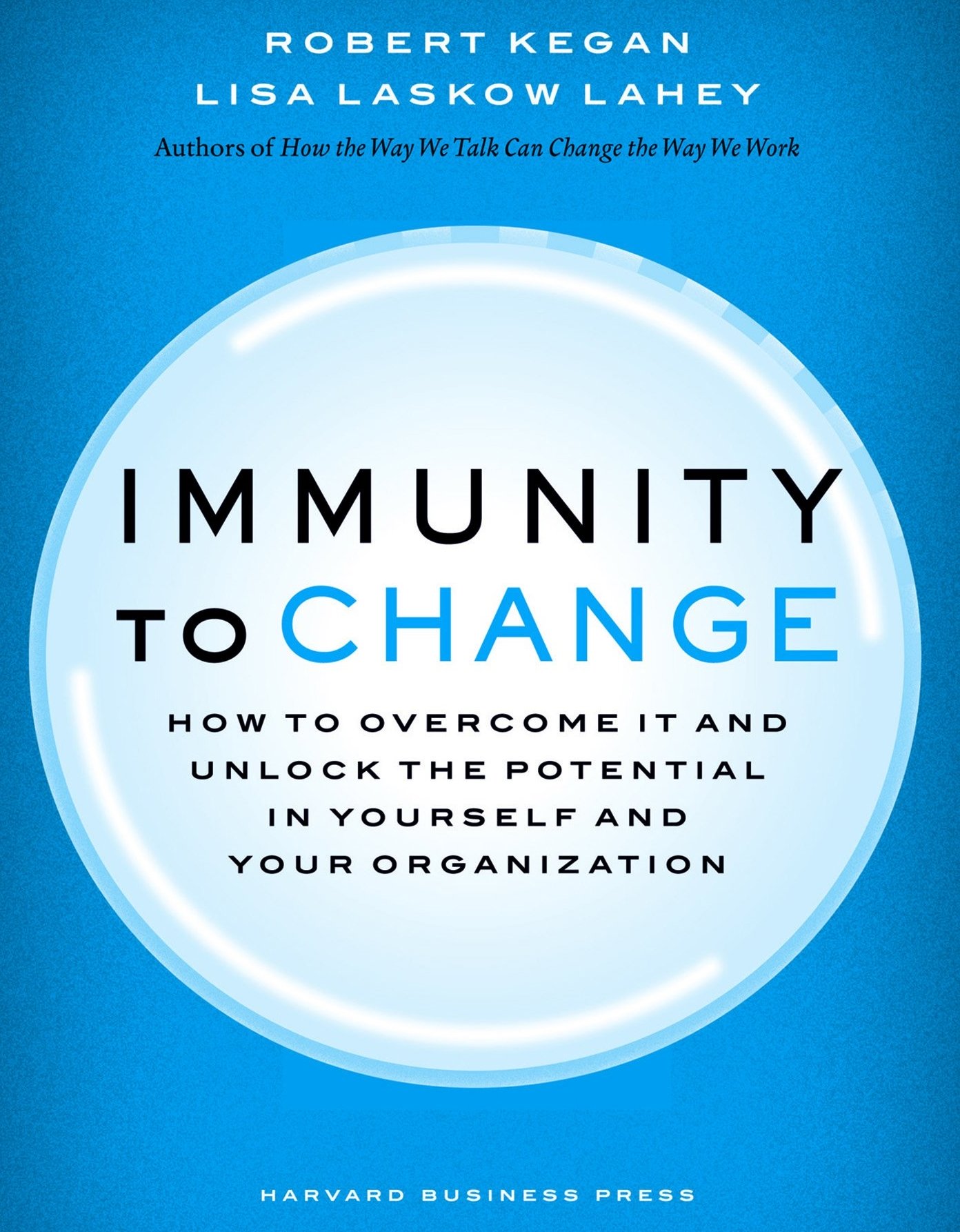
What Is Immunity To Change?
The term "immunity to change" came to prominence in the book: "Immunity to Change. How To Overcome It and Unlock the Potential in Yourself and Your Organization", by Harvard
Graduate School of Education professors Robert Kegan and Lisa Laskow Lahey [2009], in which they address the issue of why personal change is often so difficult.
Their
proposition is that your failure to achieve a personal change goal isn't a lack of willpower, it is the result of an "emotional
immune system" that helps protect you from the negative impacts of
personal change such as disappointment and shame. In summary:
Your failure to achieve a personal change goal isn’t the result of a lack
of will-power, it’s your "emotional immune system" trying to protect
you.
Immunity To Change & The Hidden Commitment
Immunity to change can be defined as a "hidden commitment", with an underlying root cause, that competes and conflicts with a stated commitment to change.
It these hidden commitments that cause people to not change and to fail to realise their best intentions.
Put simply, it is these hidden commitments that cause us to not keep New Year resolutions, to fail with diets, to not stop smoking etc.
Immunity To Change & The 'Knowing Doing Gap'
Kegan and Lahey refer to a "knowing doing gap", or as Kegan puts it:
"...how to close the gap between our intentions, things we actually want to carry out, and what we are actually able to do".
A dramatic and poignant illustration of the "knowing doing" gap can be seen in research in the US healthcare sector. As Kegan explains:
"If you look at people who are prescribed maintenance medications, people who should take, for example, a statin drug for the rest of their lives to control blood pressure or high cholesterol and stay alive, you would assume 100pc of these people would do so, wouldn’t you?
It turns out that research carried out here in Massachusetts shows that anywhere from between a third to a half of all Americans on maintenance medications, who understand why they’re on them, don’t take them after a year."
Kegan concludes:
"They’re usually around things like 'the incentives weren’t high enough'. Someone tells you you're going to die if you don’t make this change; that’s a pretty high incentive, right?"
The Roots Of Immunity To Change
Put simplistically, we can understand the origin of these hidden commitments from two perspectives:
1. The hardware - the physical structure of your brain or more accurately brains.
This video clip outlines the evolutionary background to your brains:
Professor William Irvine - Evolutionary Psychology - extract from Stoicism & Framing
These
thoughts are non-rational and largely driven by survival instincts and
pleasure instincts - sometimes referred to as our "animal nature".
Many of our negative thoughts stem from these regions of the brain - or brains within our brain.
2. The software - the conditioning from our primary caregivers and dominant adult figures in our childhood that creates the thoughts that give rise to our immunity to change.
This is a vast subject and there are many psychological models and interventions used to address and "repair" this conditioning.
For simplicity, if we use Buddhist terminology there are three concepts to frame this:
Samskaras
- impressions created in our minds and thoughts by our actions or, more
damagingly, the actions of others upon us. If these actions are
repeated regularly, they become a habit and are performed largely
unconsciously. The stronger these habits become - as with all habits -
they exercise increasing power.
Anusaya
- latent tendencies which are these deeply ingrained samskara, or
habits of response and thought, and which are largely unconscious.
Samsara
- the cycle of being caught up in perpetual suffering, death and
rebirth. This is often thought of in relation to reincarnation but in
fact describes the hell on earth - in this life - that we create and
endlessly put ourselves through with our samskara and anusaya - or our
"shadow side".
Think of this as a ferris wheel of suffering.
So with this combination of hardware and software in our brains it is a wonder that we ever get anything done!
The resolution of these problems is to bring this resistance/immunity to change into conscious awareness and to frame our proposed personal change objectives in such a way that all areas of our brain can agree.
How To Resolve Your Immunity To Change
The process is very simple - and very powerful for its simplicity - and is based around a four-column exercise.
(1) Set A Goal You Want To Achieve
Identify the areas in your life where you want to make a positive change.
Underneath, list the actions that will help you achieve your goal.
Resource: Make sure that your goal is aligned with your core desire and your point of focus.
(2) List & Review Your Obstructive Behaviours
Make a list of what you are doing and [more importantly] what you are not doing to support that commitment.
Identify and review your actions and behaviours that are stalling your efforts.
Resource: How to become aware of your negative thoughts
(3) Confront Your Competing Commitment
Review the behaviours you listed in column two and ask yourself:
"How would I feel if I did the opposite?".
Examine the fears you face in pursuing your goal for personal change by outlining key concerns in the box at the top of column three.
Then list what you fear will be compromised.
These things are your competing
commitments and the real reason for your failure to achieve your goals.
Resource: As your review these behaviours - check your body's reaction to your mind - this will always give a truthful reflection of what you truly feel.
(4) Challenge Your Big Assumptions
At the root of every competing commitment is a powerful assumption.
This assumption contains and expresses an unconscious belief that your hold.
It is powerful because it is stopping you achieve your goal.
It is this belief that you need to overcome in order to achieve your goal for personal change and make it a lasting change.
A good way of uncovering what lies behind these beliefs [the emotional logic] is to state and write down a “if ____, then ____”
statement for each
Supporting Resources:
Changing core negative beliefs
How to change the way you think
How to change defeatist self talk
Further Resources:
A Four Step Process For Immunity To Change And Achieving Lasting Change
The Real Reason Why People Won't Change
Immunity to Change Diagnostic Test
Reconsidering The Context Of Personal Change
Adaptive rather than technical challenges
The inherent assumption in most training and work-related attempts at encouraging personal change is that it is skills based, in other words people can be taught to change.
They can be taught, but generally they won't change. They can't change and according to Kegan this is because of their inbuilt and invisible immunity to change. (I prefer to refer to this as resistance.)
Cognitive development
There are many developmental models that attempt to map and model the stages of complexity associated with mental development.
It has been assumed that adults don't change - can't change - beyond early adult-hood, that a level of development is reached and remains static.
Kegan & Lahey challenge this and assert that based on their research, adults are capable of continuing development throughout their lives. They identify three qualitatively different dimensions of mental complexity what they call —the socialised mind, the self-authoring mind, and self-transforming mind, each of which interpret the world in different ways.
To explore this model further and more fully understand the theoretical background, please see the following resources:
- "Immunity to Change. How To Overcome It and Unlock the Potential in Yourself and Your Organization" By Robert Kegan and Lisa Laskow Lahey
- "Immunity to Change: An Exploration in Self-Awareness" By Scott J. Allen, Ph.D. Assistant Visiting Professor, John Carroll University Download PDF Here
- "Kegan's Constructive Development Theory" By Professor John E Barbuto - video presentation: View Here
- "Immunity to Change: A Report From the Field" By Jonathan Reams Download PDF Here
- "Immunity to Change - How to Release the Potential of Individuals and Organizations"
2 Case Studies - Download PDF Here
A Personal View
I am well aware that there are many models associated with personal change, and specifically models such as CBT, ACT, CFT, DBT, Schema Therapy etc that are particularly effective when applied by clinical psychologists and other specialist in a therapeutic setting.
I also realise that the immunity to change model may not represent the most current leading edge thinking on this subject, but in my view, as a layperson concerned with practical tools and resources that can be understood and applied in a non-therapeutic context, this is a simple powerful tool for understanding and resolving why we so often find it so hard to achieve our goals for personal change.
Further Resources Related To Organisational Change
Resistance to change - how to deal with it
Dealing with resistance to change
Further Resources Related To Personal Change
How to apply the long game approach to your life and sacrifice short term gains for long-term wins:
The Human Brain Did Not Evolve For A Life Of Delayed Gratification
Issues faced in a delayed return environment: the route is often not clearly defined and does not have clear metrics and milestones:
The Challenges Of The Road Less Traveled
Free Download: One Page Summary Sheet With Action Points & Resources
Return To: Managing Personal Change
- What if everything we think…
LATEST ARTICLES
The Power Of Patience - Why You Need The World's Toughest Quality
 Nothing in the world can take the place of patience. Patience and persistence are omnipotent. In everyday life, patience is often overshadowed by the desire for immediate results. We live in an era of…
Nothing in the world can take the place of patience. Patience and persistence are omnipotent. In everyday life, patience is often overshadowed by the desire for immediate results. We live in an era of…Demonizing The Other and Personal Acts Of Compassion
 What Does Demonizing The Other Mean? Demonizing the other refers to the act of portraying a group of people or an individual as inherently evil, threatening, or inferior. It often serves to justify di…
What Does Demonizing The Other Mean? Demonizing the other refers to the act of portraying a group of people or an individual as inherently evil, threatening, or inferior. It often serves to justify di…Why You Should Embrace Anomalies - The Incredible Value Of Disconfirming Evidence
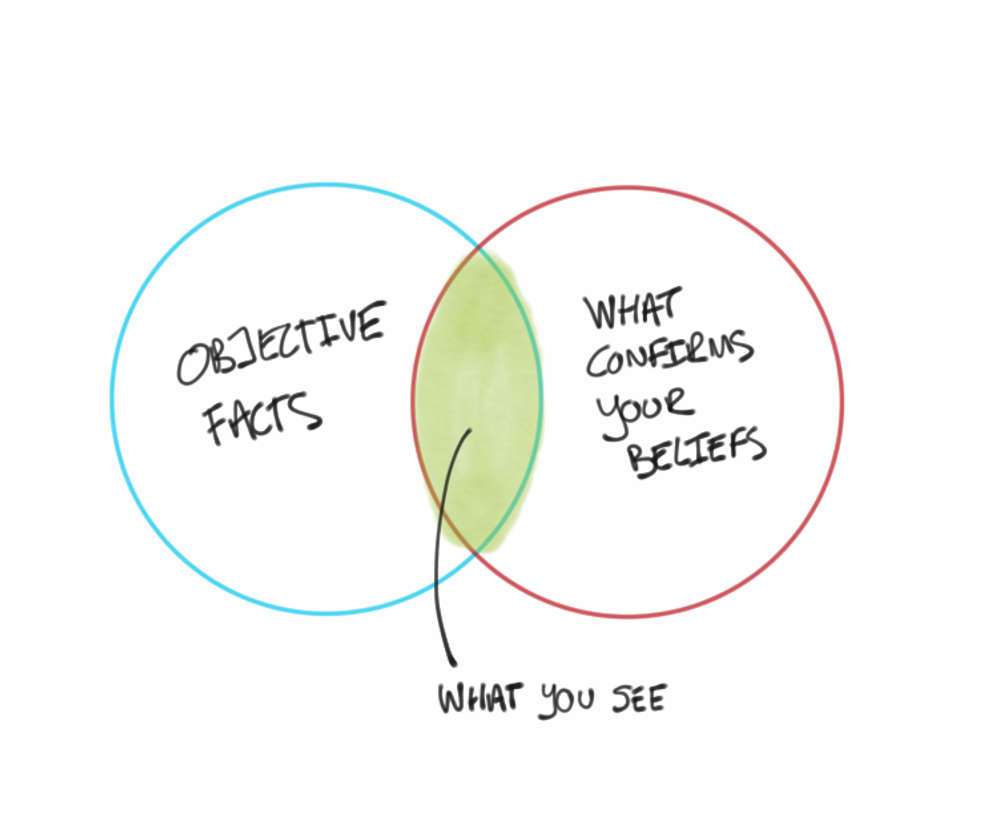 Is Your Desire To Be Right Greater Than Your Desire To Have Been Right? An anomaly is a deviation from what is expected or commonly regarded as the norm. It often appears as an unexpected observation…
Is Your Desire To Be Right Greater Than Your Desire To Have Been Right? An anomaly is a deviation from what is expected or commonly regarded as the norm. It often appears as an unexpected observation…Amazing Grace - The Majesty And The Mercy of Freedom From Your Pain
 "I once was lost, but now I am found, was blind, but now I see." The hymn and popular song "Amazing Grace" was written 250 years ago by John Newton, a former slave trader who in 1748 nearly died in a…
"I once was lost, but now I am found, was blind, but now I see." The hymn and popular song "Amazing Grace" was written 250 years ago by John Newton, a former slave trader who in 1748 nearly died in a…The Transformative Power Of Acceptance
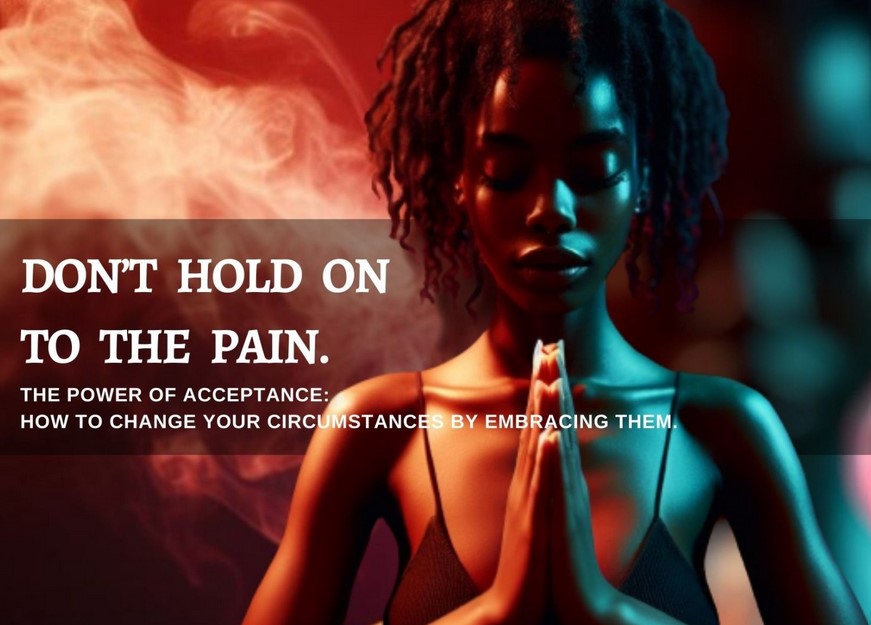 Experience The Power Of Acceptance. This website contains about 500,000 words. You could read every single word and it wouldn't make any real difference to you. You might become better informed, but t…
Experience The Power Of Acceptance. This website contains about 500,000 words. You could read every single word and it wouldn't make any real difference to you. You might become better informed, but t…Inversion - The Power Of Opposite Thinking
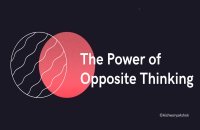 How To Avoid The Unwanted Outcome. The power of opposite thinking, also known as inversion, lies in its ability to stimulate creativity, enhance problem-solving, and provide a fresh perspective on cha…
How To Avoid The Unwanted Outcome. The power of opposite thinking, also known as inversion, lies in its ability to stimulate creativity, enhance problem-solving, and provide a fresh perspective on cha…Are You Aligned With Reality? Or Do You See What You Believe?
 We tend to see that which aligns with what we believe, and to act upon that rather than acting on reality. Being aligned with reality starts with a clear and accurate understanding of the world. It me…
We tend to see that which aligns with what we believe, and to act upon that rather than acting on reality. Being aligned with reality starts with a clear and accurate understanding of the world. It me…The Law Of Response and Outcome
 A New Approach To A New Life At time of writing we are entering a new year which is traditionally a time of making resolutions to change our behaviour and improve the quality of our lives. And yet pow…
A New Approach To A New Life At time of writing we are entering a new year which is traditionally a time of making resolutions to change our behaviour and improve the quality of our lives. And yet pow…Clear Thinking - Turning Ordinary Moments Into Extraordinary Results
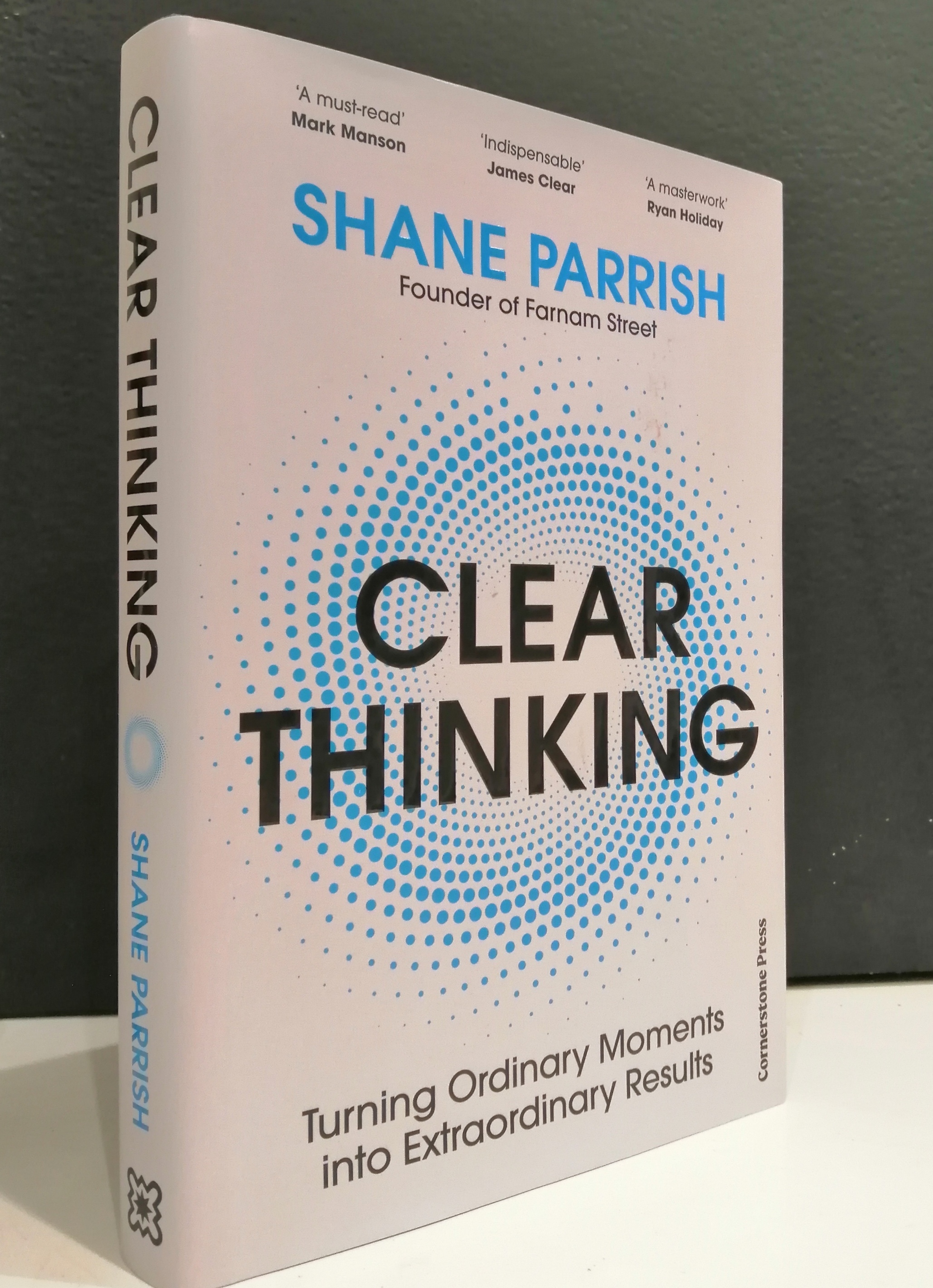 There are two ways to handle the world - try to predict, or try to prepare. "Clear Thinking" by Shane Parrish, published in Oct 2023, is a laudable testament to the art of cogent thinking, and will be…
There are two ways to handle the world - try to predict, or try to prepare. "Clear Thinking" by Shane Parrish, published in Oct 2023, is a laudable testament to the art of cogent thinking, and will be…Self Dialogue - Working With Your Many Selves
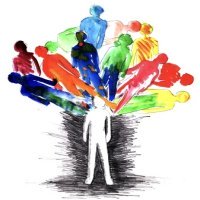 Self Dialogue Is About Working With ALL Levels Of Your Mind. The key to effective self dialogue is to have tools, techniques and resources that work with all levels of your mind. This simple self-faci…
Self Dialogue Is About Working With ALL Levels Of Your Mind. The key to effective self dialogue is to have tools, techniques and resources that work with all levels of your mind. This simple self-faci…The Balanced Brain - The Ultimate Route To Personal Transformation
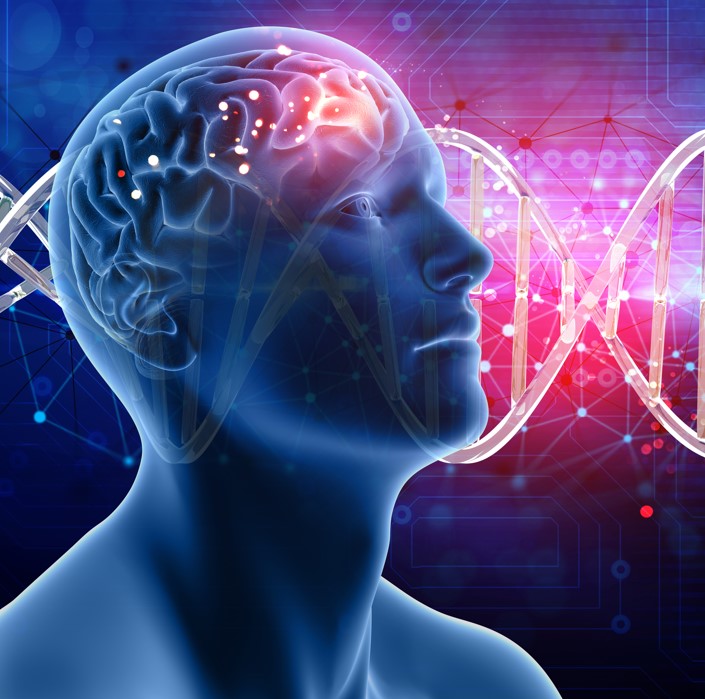 How To Experience The Benefits Of A Balanced Brain. Underpinning all of the belief systems and practices that offer routes to personal change, transformation and spiritual growth is the balanced brain…
How To Experience The Benefits Of A Balanced Brain. Underpinning all of the belief systems and practices that offer routes to personal change, transformation and spiritual growth is the balanced brain…How To Make Better Decisions - By Avoiding The Narrative Trap
 To Understand The Truth We Have To See The Whole Picture. One of the best ways to make better decisions is to have a deeper understanding of the many things that might stop that happening. To understa…
To Understand The Truth We Have To See The Whole Picture. One of the best ways to make better decisions is to have a deeper understanding of the many things that might stop that happening. To understa…The Greatest Love - The Most Important Relationship You Will Ever Have
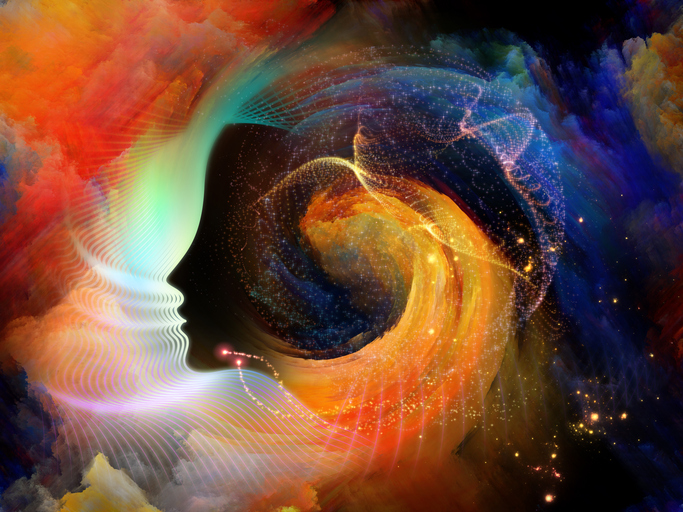 Yet Most Will Never Know It Everyone of us has a place, in our hearts there's a space, that is home to the greatest love of all. This love transcends everything we think we know about the world of for…
Yet Most Will Never Know It Everyone of us has a place, in our hearts there's a space, that is home to the greatest love of all. This love transcends everything we think we know about the world of for…Everything Is Connected And Why You Don't Feel It
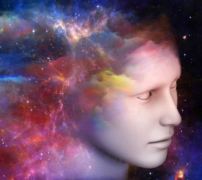 ...And Why It Matters
As human beings we are skating on very thin ice with our sense of self and certainty about "how things are" and what we like to think of as reality:
...And Why It Matters
As human beings we are skating on very thin ice with our sense of self and certainty about "how things are" and what we like to think of as reality:
Who Is In Charge Of Your Brain?
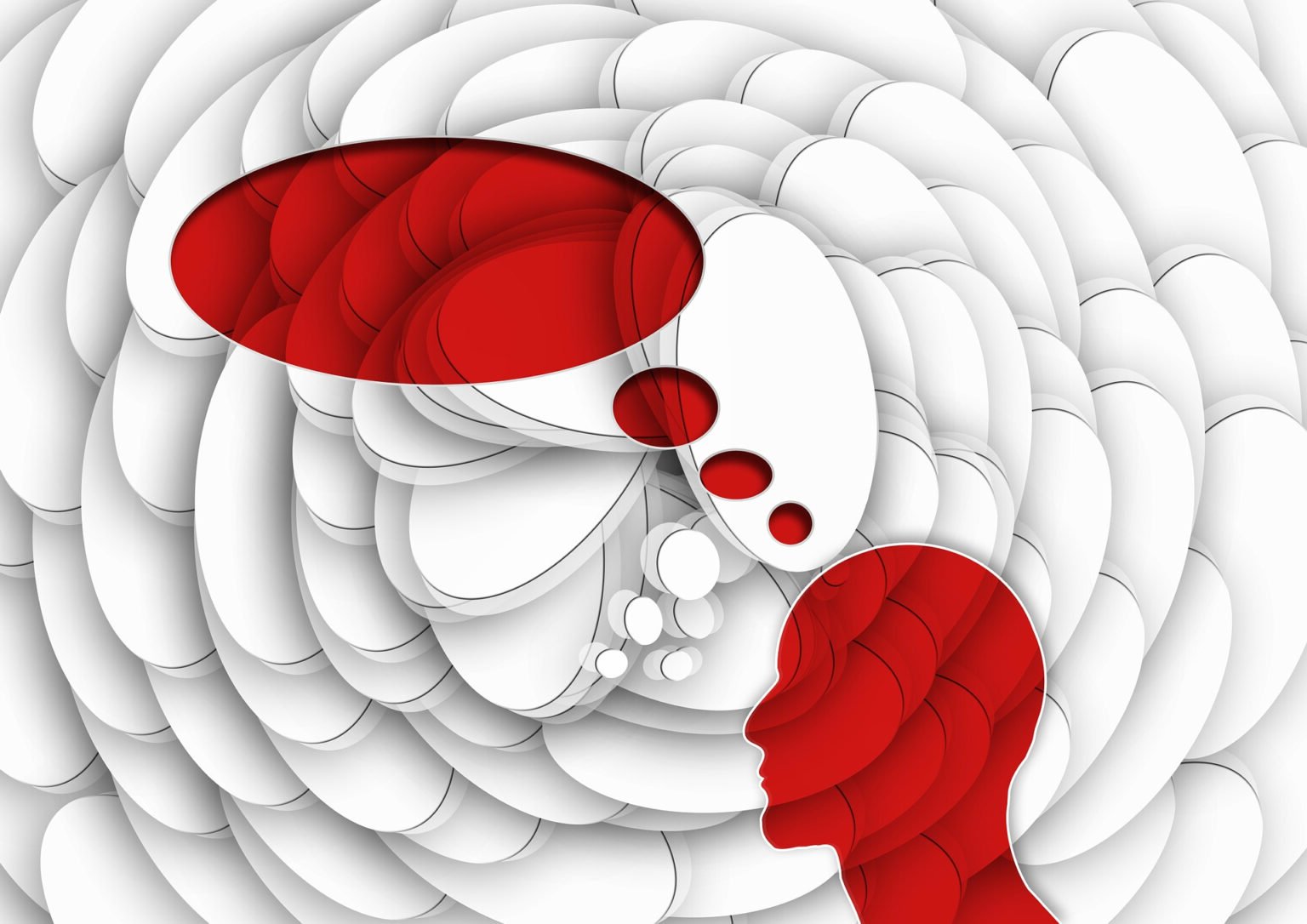 How Not To Be Stupid. Who is in charge of your brain? This is not a silly questions. It matters because the outcomes that you experience in your life are determined by how you respond to the events th…
How Not To Be Stupid. Who is in charge of your brain? This is not a silly questions. It matters because the outcomes that you experience in your life are determined by how you respond to the events th…How To Be A Winner On A Very Large Scale
 The Incredible Benefits Of Selective Attention. This is not a typical article about how to be a winner. We are not going to talk about goal setting, the importance of habits, the power of focus and al…
The Incredible Benefits Of Selective Attention. This is not a typical article about how to be a winner. We are not going to talk about goal setting, the importance of habits, the power of focus and al…The Metagame Approach To Life
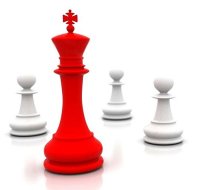 How To Achieve Your Biggest Objectives.
The metagame approach to life is all about winning and achieving your biggest objectives by:
- Understanding the bigger picture
How To Achieve Your Biggest Objectives.
The metagame approach to life is all about winning and achieving your biggest objectives by:
- Understanding the bigger picture
- Being better by doing things d…Shantideva - The Way Of The Bodhisattva
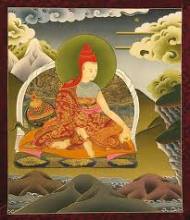 Walking The Path Of Compassion. Shantideva the 8th century Indian Buddhist sage is famous for his treatise "The Way of the Bodhisattva" delivered as an extended teaching to the monks of Nalanda monast…
Walking The Path Of Compassion. Shantideva the 8th century Indian Buddhist sage is famous for his treatise "The Way of the Bodhisattva" delivered as an extended teaching to the monks of Nalanda monast…Reframing History - Deconstruction And Discussion Not Destruction
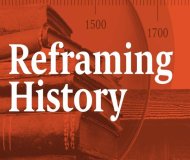 History is always about context, not imposing our own moral values on the past. For those of us fortunate enough to live within western democracies, we are living in an age where a vociferous and into…
History is always about context, not imposing our own moral values on the past. For those of us fortunate enough to live within western democracies, we are living in an age where a vociferous and into…Tao Te Ching - Connecting To Your True Source Of Power.
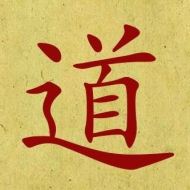 How To Be Lived By The Tao. The Tao Te Ching is one of those books that many people read, few understand, and even fewer put into practice. The only way to know the Tao is to experience it, and it is…
How To Be Lived By The Tao. The Tao Te Ching is one of those books that many people read, few understand, and even fewer put into practice. The only way to know the Tao is to experience it, and it is…How Things Really Are - The Inbuilt Design Flaws
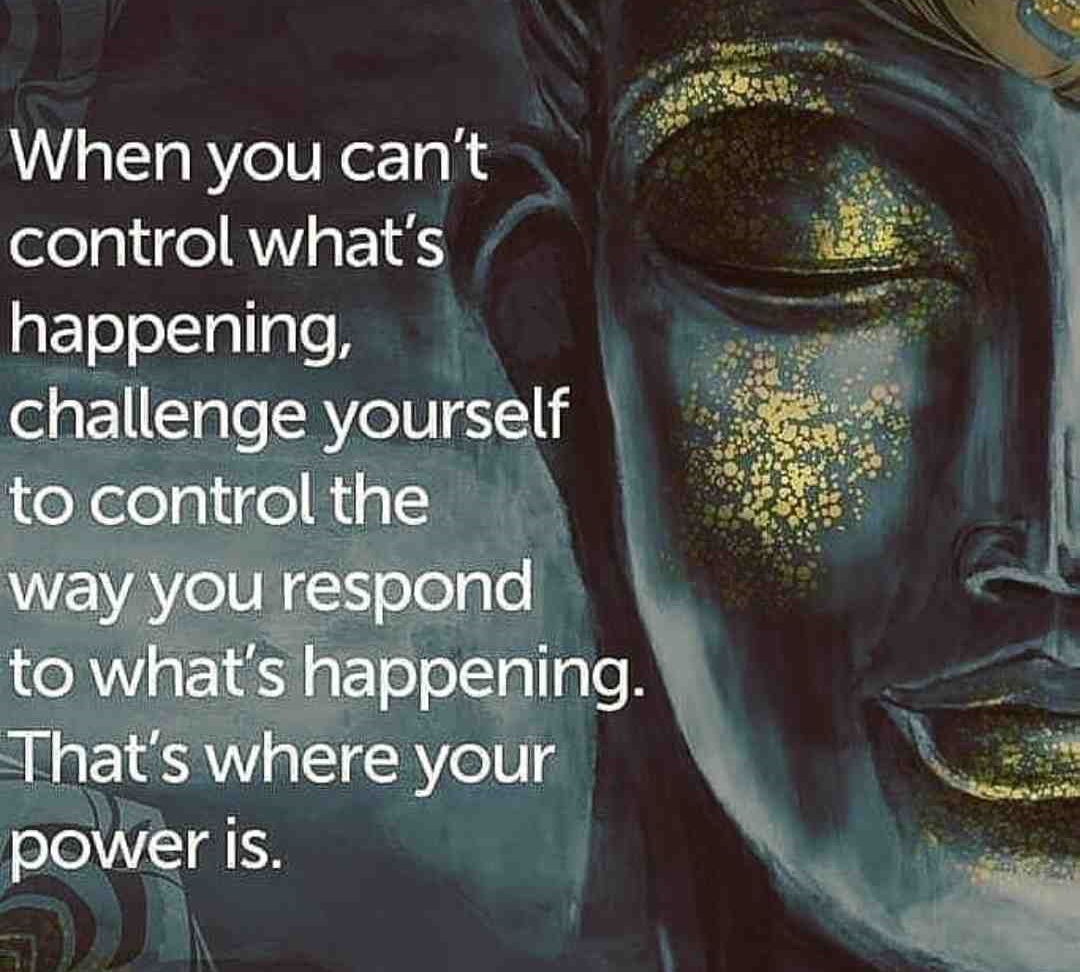 Chaos, Disorder And Decay Is The Natural Order Of Things. Nobody has the perfect life. We all struggle and strive to attain health, wealth and personal happiness. Yet these three big areas: our health…
Chaos, Disorder And Decay Is The Natural Order Of Things. Nobody has the perfect life. We all struggle and strive to attain health, wealth and personal happiness. Yet these three big areas: our health…Intuition Or Anxiety - Are There Angels Or Devils Crawling Here?
 How To Tell The Difference Between Intuition and Anxiety. How do you know whether the voice of your intuition is real or just the product of your inner anxiety? Several months ago I was having a drink…
How To Tell The Difference Between Intuition and Anxiety. How do you know whether the voice of your intuition is real or just the product of your inner anxiety? Several months ago I was having a drink…What Is Truth - How To Tell A Partial Truth From The Whole Truth?
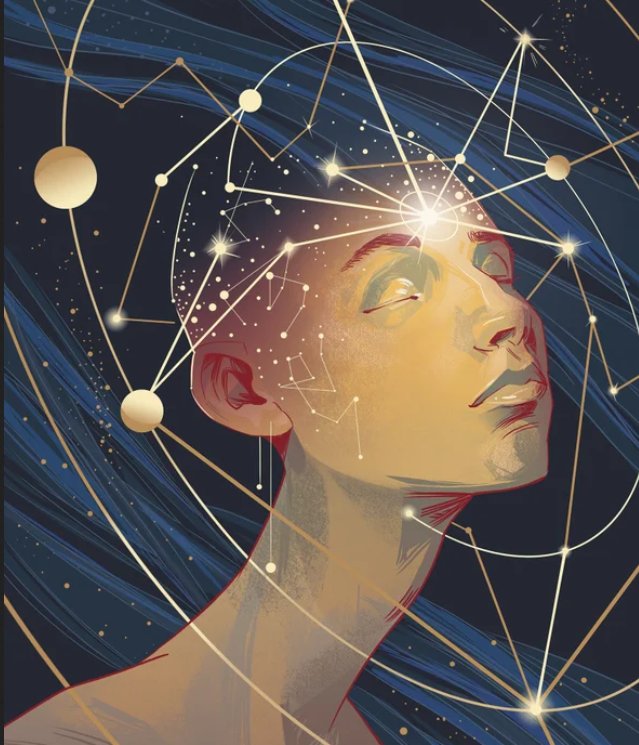 How the truth and nothing but the truth is often not the whole truth. My great aunty Flo broke her arm and died. It is true that she broke her arm in 1923. It is also true that she died in 1949. But t…
How the truth and nothing but the truth is often not the whole truth. My great aunty Flo broke her arm and died. It is true that she broke her arm in 1923. It is also true that she died in 1949. But t…Duality And Life Beyond Your Thinking Mind
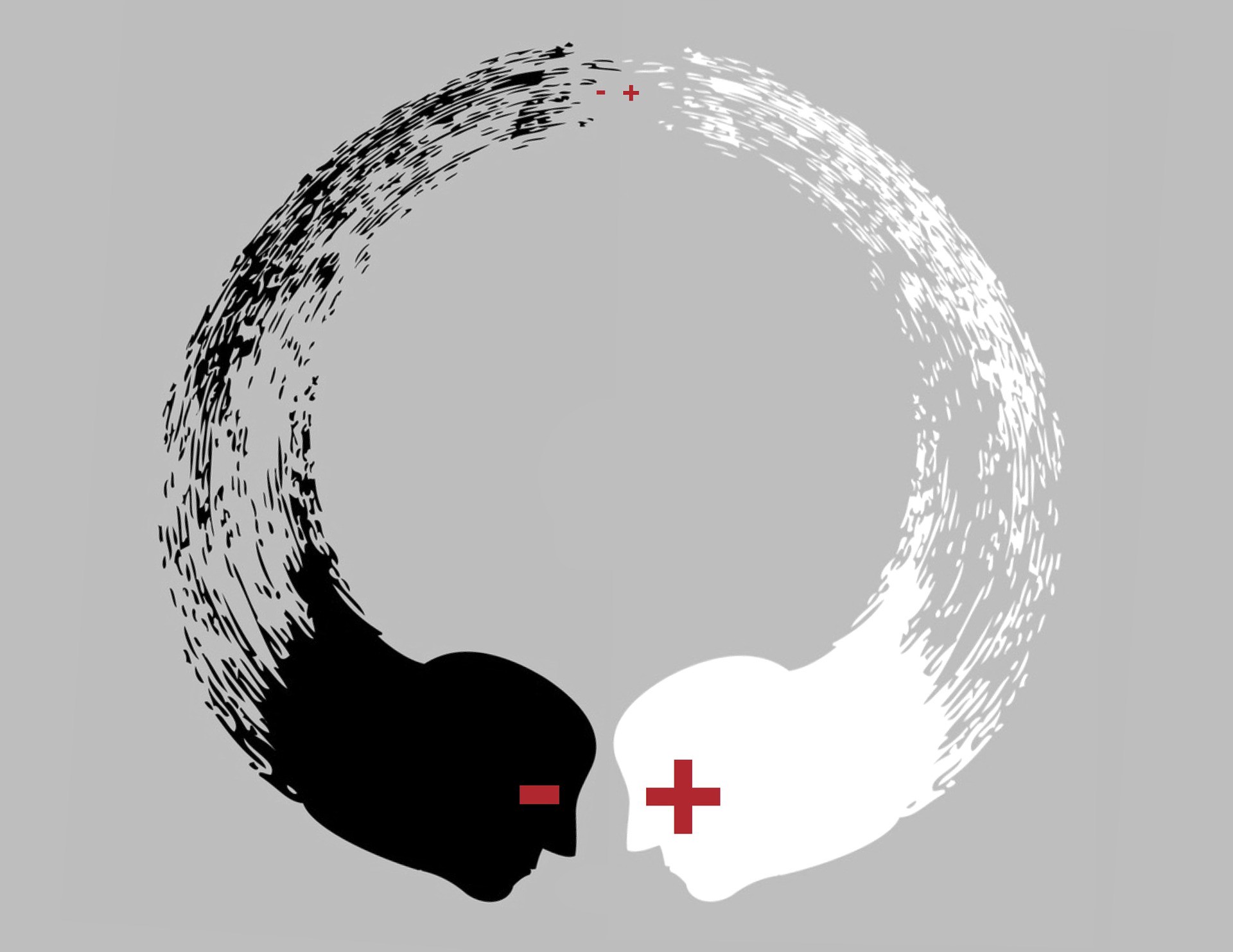 Duality and life beyond your thinking mind focuses on the limitations of time, foreground and background, duality and "stuckness". The first aspect of duality and life beyond your thinking mind focuse…
Duality and life beyond your thinking mind focuses on the limitations of time, foreground and background, duality and "stuckness". The first aspect of duality and life beyond your thinking mind focuse…The Conscious Mind Is Limited - Be Aware And Be Prepared
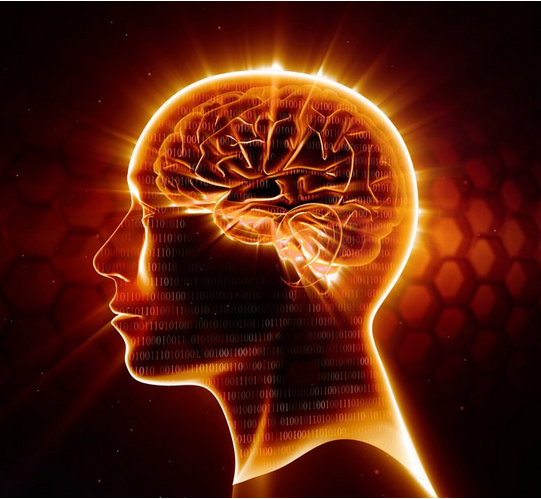 Being aware is the first stage of being prepared. The conscious mind is limited in so many ways. There are some who would argue that there is no such thing as conscious thought and that it is represen…
Being aware is the first stage of being prepared. The conscious mind is limited in so many ways. There are some who would argue that there is no such thing as conscious thought and that it is represen…Your Inner Map Of Reality - Here's Why You Think The Way You Do
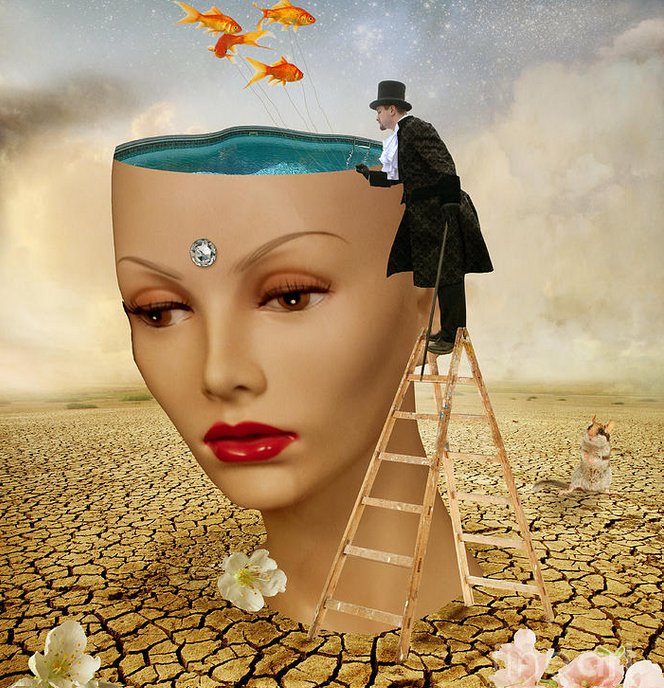 The big picture of how your inner map of reality creates your feelings, thoughts, and behaviours. Your inner map of reality is based on the filters of your own ethnic, national, social, family and rel…
The big picture of how your inner map of reality creates your feelings, thoughts, and behaviours. Your inner map of reality is based on the filters of your own ethnic, national, social, family and rel…The Failure Of Cancel Culture - Suppression Not Engagement
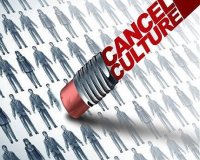 Why we need to wear our beliefs lightly and develop negative capability. Throughout history people have campaigned to fight beliefs, ideologies, and injustices that they perceived to be oppressive, di…
Why we need to wear our beliefs lightly and develop negative capability. Throughout history people have campaigned to fight beliefs, ideologies, and injustices that they perceived to be oppressive, di…4 Big Reasons Why We Get Stuck In Our Attempts At Personal Change
 Most People Spend Their Entire Life Imprisoned Within The Confines Of Their Own Thoughts. This first of the 4 big reasons why we get stuck is, in my view, the most important. The "self-help industry…
Most People Spend Their Entire Life Imprisoned Within The Confines Of Their Own Thoughts. This first of the 4 big reasons why we get stuck is, in my view, the most important. The "self-help industry…How Do I Change And Why Is It So Hard?
 We Would Rather Die Than Change, And We Usually Do In my experience, the vast majority of people who say they want to change don’t change. Most people reading this won’t change because they don’t real…
We Would Rather Die Than Change, And We Usually Do In my experience, the vast majority of people who say they want to change don’t change. Most people reading this won’t change because they don’t real…The Illusion Of A Separate Self - Windows 11 With Self Awareness!
 Beyond the content of your mind you are so much more than you think you are. When we talk of "myself" this is the conventional way of referring to our self image which is in fact the ego's constructio…
Beyond the content of your mind you are so much more than you think you are. When we talk of "myself" this is the conventional way of referring to our self image which is in fact the ego's constructio…